annunci
London Spine Specialists
London Spine Specialists
London Spine Specialists is a centre for excellence in the diagnosis, intervention and aftercare of all spinal conditions and complaints.
Our team is led by some of the UK’s leading Spinal Surgeons who comprise a multi-disciplinary team, able to treat almost any spinal condition. Conditions treated include sciatica, kyphosis, slipped disc, spinal infection and spinal stenosis.
The Unit is based in a custom built facility on the third floor of the Hospital of St John & St Elizabeth, equiped with the finest modern technology and state-of-the-art equipment.
London's leading specialist spine centre
London Spine Specialists at the Hospital of St John & St Elizabeth in London is a world leading facility housing the finest technology, nurses and consultants, setting the highest standards for investigation and treatment of all spinal disorders.
Many people suffer from pain associated with the spine including back, leg, neck, and shoulder pain. Common causes of such pain include sciatica, slipped discs, whiplash, and cervical spine disorders. In the majority of cases surgery is not necessary.
Using innovative techniques, cutting-edge research and evidence-based medicine, we offer treatment for acute spinal disorders and chronic back and neck pain with the latest targeted injection therapies and minimally invasive surgical techniques for patients of all ages.
Patients receive ultimate standards of care in our custom designed unit. We understand how worrying and debilitating back pain is, especially when the cause is unknown, and our service is designed to ease and support patients through every stage of diagnosis and treatment.
Ankylosing Spondylitis
Ankylosing spondylitis (AS) is a type of chronic arthritis that affects parts of the spine, including the:
- bones
- muscles
- ligaments
Arthritis is a common condition that causes pain and inflammation of the joints and tissues around them.
The symptoms of ankylosing spondylitis can vary, but most people experience back pain and stiffness. The condition can be severe, with around 1 in 10 people at risk of long-term disability.
The Spine
The spine is made up of a column of interlocking bones called vertebrae. The vertebrae are supported by muscles and ligaments that control the movements of the spine.
In ankylosing spondylitis, the spinal joints and ligaments and the sacroiliac joints (the joints at the base of the spine) become inflamed. Inflammation in the spine can cause pain and stiffness in the neck and back. Sacroiliitis (inflammation of the sacroiliac joints) causes pain in the lower back and buttocks.
How Common Is Ankylosing Spondylitis?
Ankylosing spondylitis can develop at any time from the teenage years onwards. It is three times more common in men than in women. The condition usually occurs between 15 and 35 years of age, and rarely starts in old age.
Estimates of different European populations suggest that ankylosing spondylitis may affect between 2-5 adults in every 1,000. In the UK, around 200,000 people have been diagnosed with ankylosing spondylitis.
Prognosis
There is no cure for ankylosing spondylitis. However, the condition can be treated with:
- physiotherapy – where physical methods, such as massage and manipulation, are used to improve comfort and spinal flexibility
- medication – helps to relieve pain and control the symptoms
The progression of ankylosing spondylitis varies among people. It is estimated that 70-90% of people will remain independent and only minimally disabled by the condition.
After around 10 years the inflammation may make the neck and back rigid. This process is called ankylosis. In some people who have severe, long-standing ankylosis, their rib cage can also become stiff and inflexible.
Pain Management
Pain management and preventing it from extending to other areas of the spine is often preferable to surgery if the patient’s case is not extreme. If pain in the lower back has lasted more than two weeks, or if there are frequent recurrences, our spine specialists may advise back pain exercises and physical therapy for back treatment in order to prevent further recurrences and problems.
Your therapist may focus on decreasing pain with passive physical therapy direct to the patient using a variety of techniques and products including heat/ice packs, TEns units, Iontophoresis and Ultrasound.
In addition, physical exercise is also required to rehabilitate the spine and you may be advised to use daily stretching techniques and low-impace aerobic conditioning exercises, such as walking cycling, swimming, three times a week which will all provide back pain relief.
Slipped Disc
A slipped disc, also called a prolapsed or herniated disc, occurs when one of the discs of the spine is ruptured (split) and the gel inside leaks out. This causes back pain and can also cause pain in other areas of the body.
Slipped Disc
A slipped disc, also called a prolapsed or herniated disc, occurs when one of the discs of the spine is ruptured (split) and the gel inside leaks out. This causes back pain and can also cause pain in other areas of the body.
The Spine
The spine is made up of 24 individual bones called vertebrae, which are stacked on top of each other. Discs are the protective, circular pads of cartilage (connective tissue) that lie in between the vertebrae. The discs are responsible for cushioning the vertebrae when jumping or running.
The spinal cord is a collection of nerve fibres that are attached to the brain and are protected by the spine. Nerve fibres from the spinal cord pass between the vertebrae as they take and receive messages to and from different parts of the body.
A Slipped Disc
The discs are made from a tough, fibrous case, which contains a softer, gel-like substance. A slipped disc occurs when the outer part of the disc ruptures, allowing the gel inside to bulge and protrude outwards between the vertebrae.
The damaged disc can put pressure on the whole spinal cord or on a single nerve fibre. This means that a slipped disc can cause pain both in the area of the protruding disc and in any part of the body that is controlled by the nerve that the disc is pressing on.
How Common Is A Slipped Disc?
Slipped discs are most common in people between the ages of 30 and 50. The condition affects twice as many men as women.
A slipped disc occurs most frequently in the lower back, but any disc can rupture, including those in the upper back and neck. Around one-third of adults in the UK have lower back pain, and a slipped disc is responsible for less than 5% of cases.
Prognosis
It can take around four to six weeks to recover from a slipped disc. In most cases treatment involves a combination of physical therapy, such as exercise and massage, and medication to relieve the pain.
In severe cases, or if the pain continues for longer than six weeks, surgery may be considered. A number of different procedures can release the compressed nerve and remove part of the disc. The success rate for surgery on the lumber (lower) spine is around 60-90%.
Spinal Surgery
Around half of us will have back pain at some point in our lives. It often heals with time but for some people with disc related problems such as prolapse, degeneration, infection, tumour or deformity, spinal surgery is needed.
We nearly always consider surgery as the last option after physical therapies such as physiotherapy, osteopathy and chiropractic have been pursued.
A range of non-operative pain control techniques are available, including epidurals and joint injections, to allow physical therapies to continue before surgery is considered.
All spinal injections are performed under sedation and fluoroscopy to ensure accuracy and minimal discomfort.
Spinal Surgery
The time when spinal surgery is considered before these therapies is when there is a serious pathology such as tumour or infection or when there is serious concern about nerve function such as in cauda equina syndrome.
We offer different forms of surgery to treat each patient. Please click on a link below for further information:
Anterior Cervical Disc Replacement & Fusion
Artificial Disc Replacement
Balloon Kyphoplasty
Cervical Disc Replacement
Keyhole Discectomy
Kyphoplasty & Vertebroplasty
Laminectomy
Lumbar Decompression
Lumbar Disc Replacement
Lumbar Fusion
Lumbar Microdiscectomy
Spinal Fusion
London Spine Specialists
Contact us:
Hospital of St John & St Elizabeth
60 Grove End Road
St. John’s Wood
London NW8 9NH
Call now:
020 7806 4000
020 7078 3876
Email: spinespecialists@hje.org.uk
- Emily
- Location
- London
- Paese
- United Kingdom
- Indirizzo
- 60 Grove End Road
St. John’s Wood
London NW8 9NH
Trova sulla mappa - numero di telefono
- Mostra telefono
- Mostra E-mailQuesto indirizzo email è protetto dagli spambots. È necessario abilitare JavaScript per vederlo.
- Tipo annuncio
- Ricerca di lavoro
- Categoria
- Health and Beauty Services
- Sottocategoria
- Physicians
- Data di inserimento
-
Mercoledì, 02 Ottobre 2019
6 anni 3 mesi fa - Visualizzazioni
- 4689
- Id
- 2239
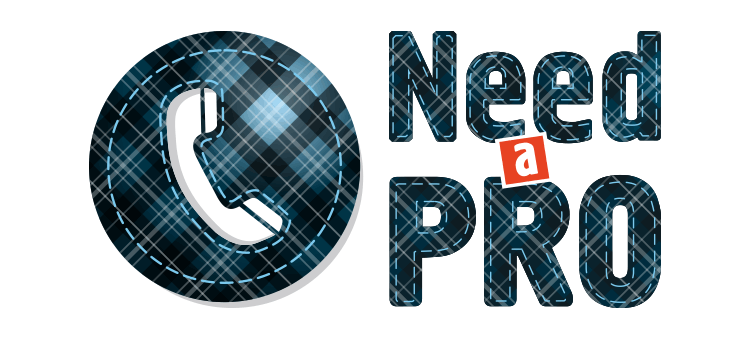

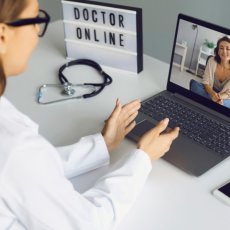


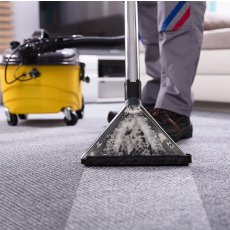

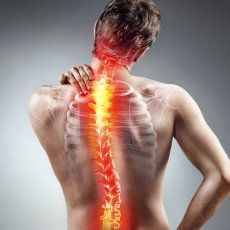


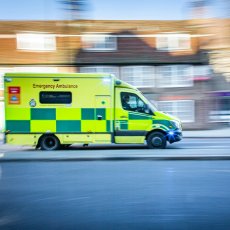
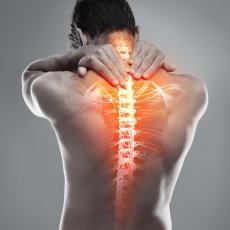

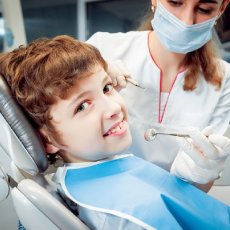

 Vectora Design
Vectora Design